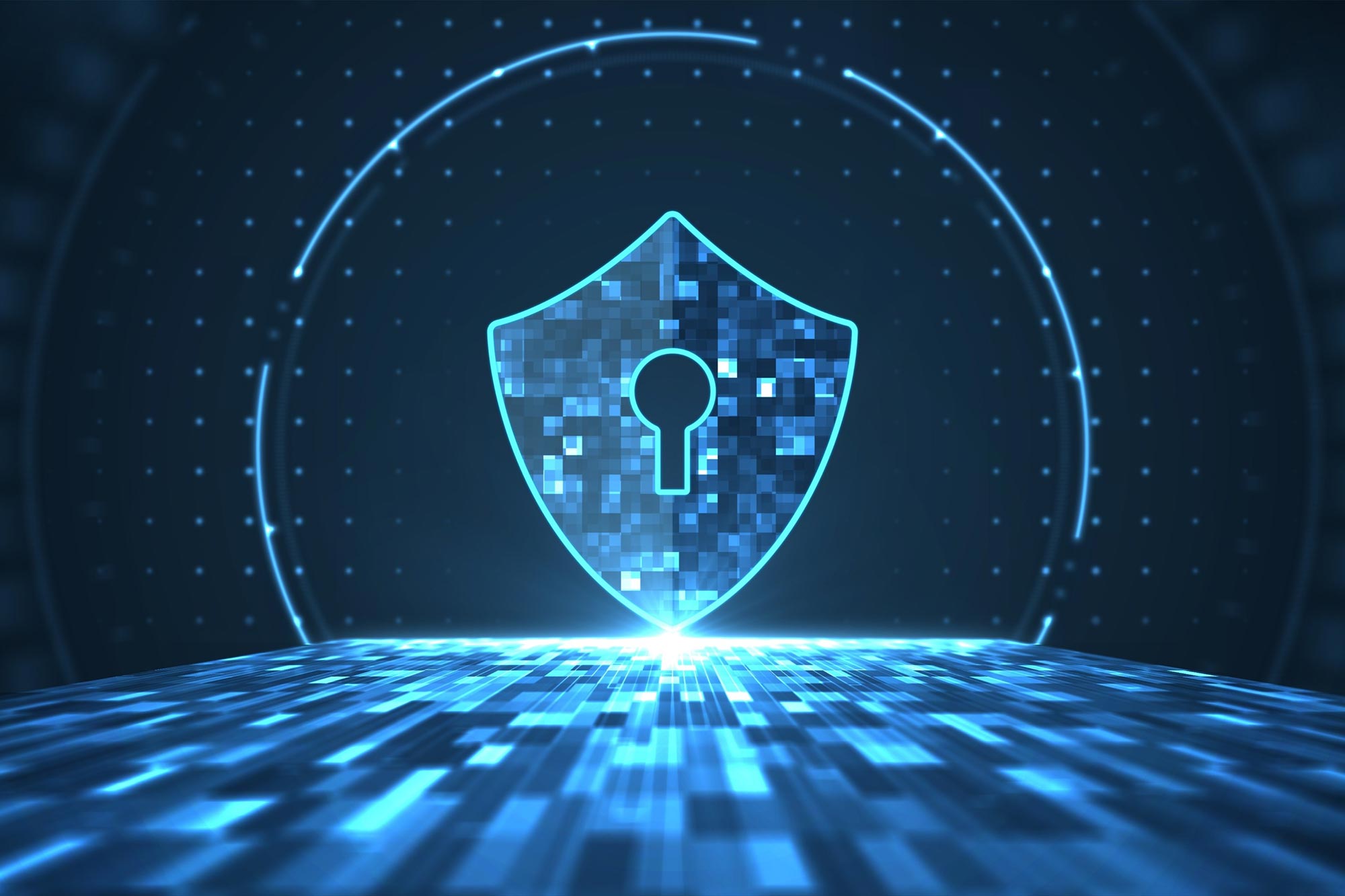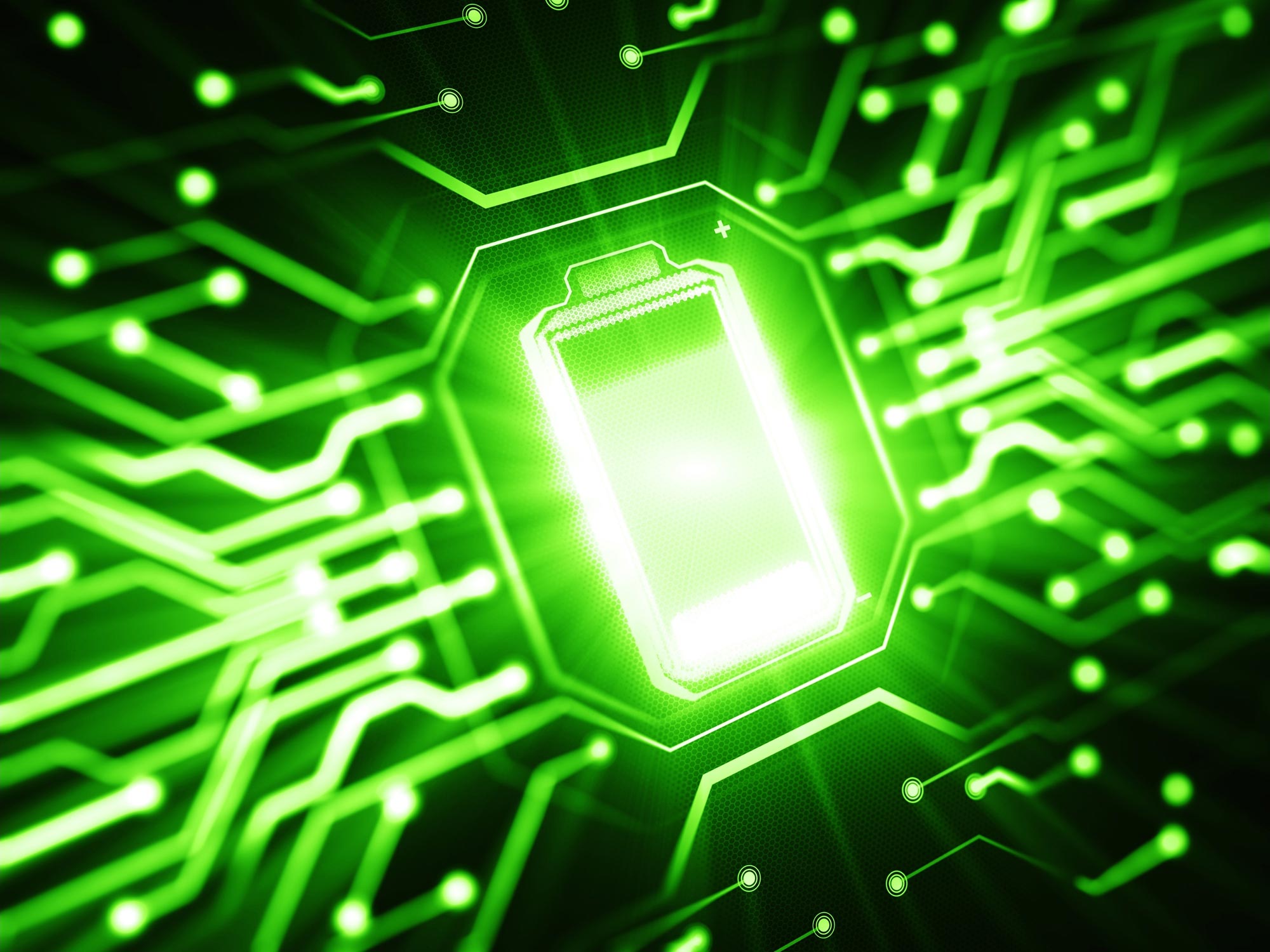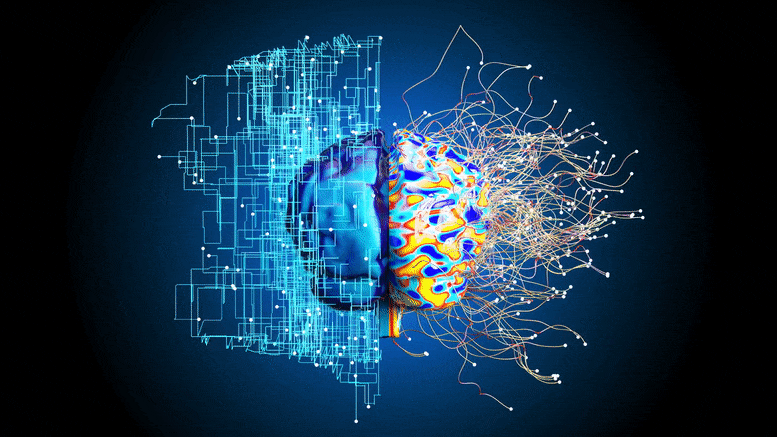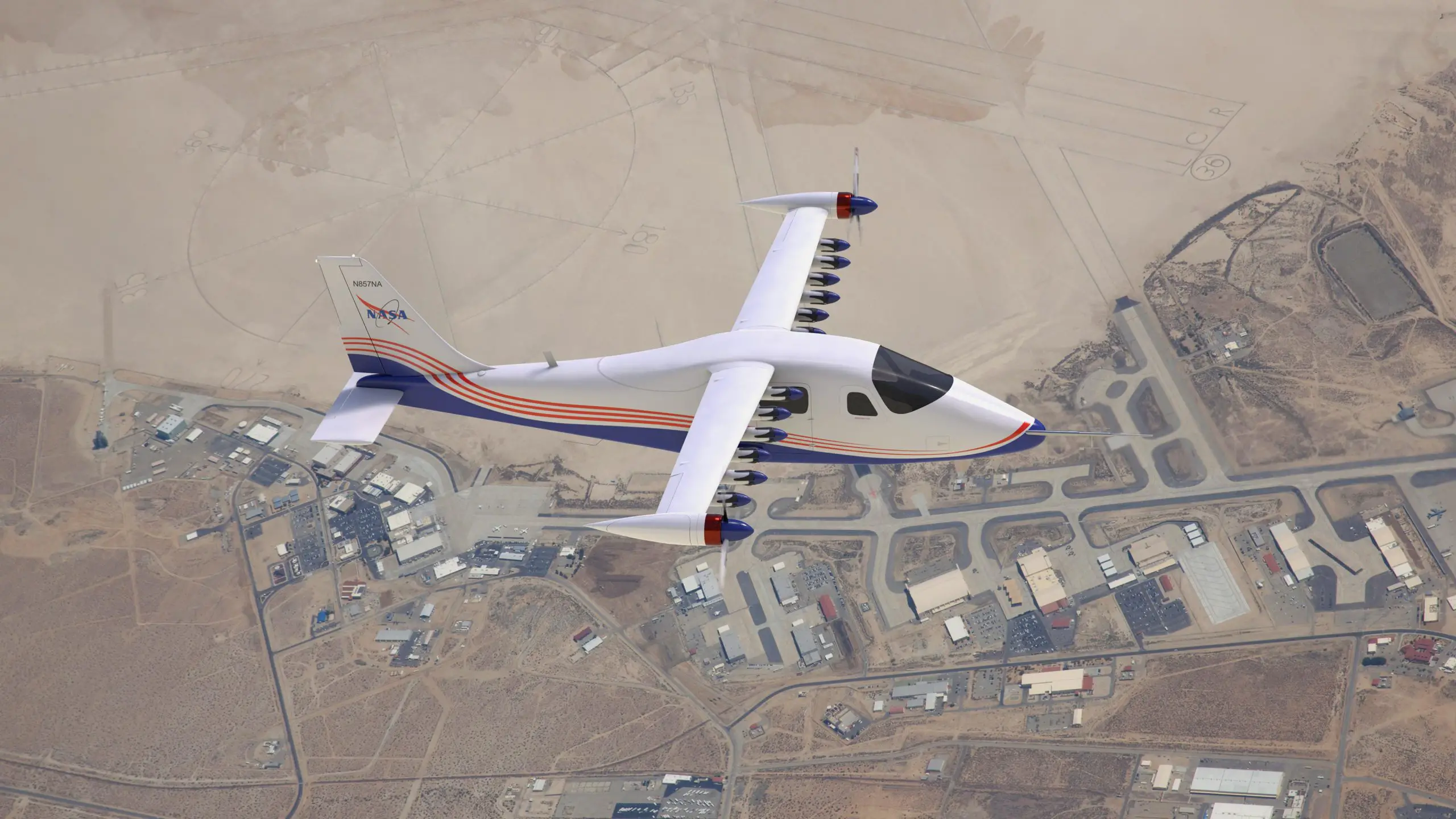La ciencia que utiliza los principios de la mecánica cuántica con fines criptográficos se conoce como criptografía cuántica.
Una versión mejorada de la distribución de claves cuánticas.
Internet está lleno de datos altamente confidenciales. En general, las técnicas de encriptación sofisticadas aseguran que este material no pueda ser interceptado ni leído. Sin embargo, en el futuro, las computadoras cuánticas de alto rendimiento podrían descifrar estas claves en segundos. Por lo tanto, es una suerte que los enfoques mecánicos cuánticos ofrezcan no solo algoritmos nuevos y mucho más rápidos, sino también una criptografía muy eficiente.
La distribución de claves cuánticas (QKD), como dice la jerga, es segura contra ataques en el canal de comunicación pero no contra ataques o manipulaciones de los dispositivos en sí. Como resultado, los dispositivos pueden producir una clave que el fabricante había guardado anteriormente y que podría haber pasado a un pirata informático. Es una historia diferente con QKD independiente del dispositivo (abreviado como DIQKD). El protocolo criptográfico no se ve afectado por el dispositivo. Esta tecnología se conoce teóricamente desde la década de 1990, pero acaba de ser implementada experimentalmente por un equipo de investigación internacional liderado por el físico Ludwig Maximilian de la Universidad de Munich Harald Weinfurter y Charles Lim de la Universidad Nacional de Singapur (NUS).
Hay muchos métodos para intercambiar claves mecánicas cuánticas. El transmisor envía señales de luz al receptor, o se utilizan sistemas cuánticos entrelazados. Los científicos utilizaron dos átomos de rubidio entrelazados mecánicamente cuánticamente en dos laboratorios separados por 400 metros en el campus de LMU en el experimento actual. Las dos instalaciones están conectadas por un cable de fibra óptica de 700 metros de largo que pasa por debajo de la plaza Geschwister Scholl, frente al edificio principal.
Para crear un enredo, los científicos primero estimulan a cada uno[{” attribute=””>atom with a laser pulse. Following this, the atoms spontaneously return to their ground state, each releasing a photon. The spin of the atom is entangled with the polarization of its emitted photon due to the conservation of angular momentum. The two light particles travel over the fiber optic cable to a receiver station, where a combined measurement of the photons reveals atomic quantum memory entanglement.
To exchange a key, Alice and Bob – as the two parties are usually dubbed by cryptographers – measure the quantum states of their respective atoms. In each case, this is done randomly in two or four directions. If the directions correspond, the measurement results are identical on account of entanglement and can be used to generate a secret key. With the other measurement results, a so-called Bell inequality can be evaluated. Physicist John Stewart Bell originally developed these inequalities to test whether nature can be described with hidden variables.
“It turned out that it cannot,” says Weinfurter.
In DIQKD, the test is used “specifically to ensure that there are no manipulations at the devices – that is to say, for example, that hidden measurement results have not been saved in the devices beforehand,” explains Weinfurter.
In contrast to earlier approaches, the implemented protocol, which was developed by researchers at NUS, uses two measurement settings for key generation instead of one: “By introducing the additional setting for key generation, it becomes more difficult to intercept information, and therefore the protocol can tolerate more noise and generate secret keys even for lower-quality entangled states,” says Charles Lim.
With conventional QKD methods, by contrast, security is guaranteed only when the quantum devices used have been characterized sufficiently well. “And so, users of such protocols have to rely on the specifications furnished by the QKD providers and trust that the device will not switch into another operating mode during the key distribution,” explains Tim van Leent, one of the four lead authors of the paper alongside Wei Zhang and Kai Redeker. It has been known for at least a decade that older QKD devices could easily be hacked from outside, continues van Leent.
“With our method, we can now generate secret keys with uncharacterized and potentially untrustworthy devices,” explains Weinfurter.
In fact, he had his doubts initially about whether the experiment would work. But his team proved his misgivings were unfounded and significantly improved the quality of the experiment, as he happily admits. Alongside the cooperation project between LMU and NUS, another research group from the University of Oxford demonstrated the device-independent key distribution. To do this, the researchers used a system comprising two entangled ions in the same laboratory.
“These two projects lay the foundation for future quantum networks, in which absolutely secure communication is possible between far distant locations,” says Charles Lim.
One of the next goals is to expand the system to incorporate several entangled atom pairs. “This would allow many more entanglement states to be generated, which increases the data rate and ultimately the key security,” says van Leent.
In addition, the researchers would like to increase the range. In the present set-up, it was limited by the loss of around half the photons in the fiber between the laboratories. In other experiments, the researchers were able to transform the wavelength of the photons into a low-loss region suitable for telecommunications. In this way, for just a little extra noise, they managed to increase the range of the quantum network connection to 33 kilometers.
Reference: “A device-independent quantum key distribution system for distant users” by Wei Zhang, Tim van Leent, Kai Redeker, Robert Garthoff, René Schwonnek, Florian Fertig, Sebastian Eppelt, Wenjamin Rosenfeld, Valerio Scarani, Charles C.-W. Lim, and Harald Weinfurter, 27 July 2022, Nature.
DOI: 10.1038/s41586-022-04891-y
![]()




